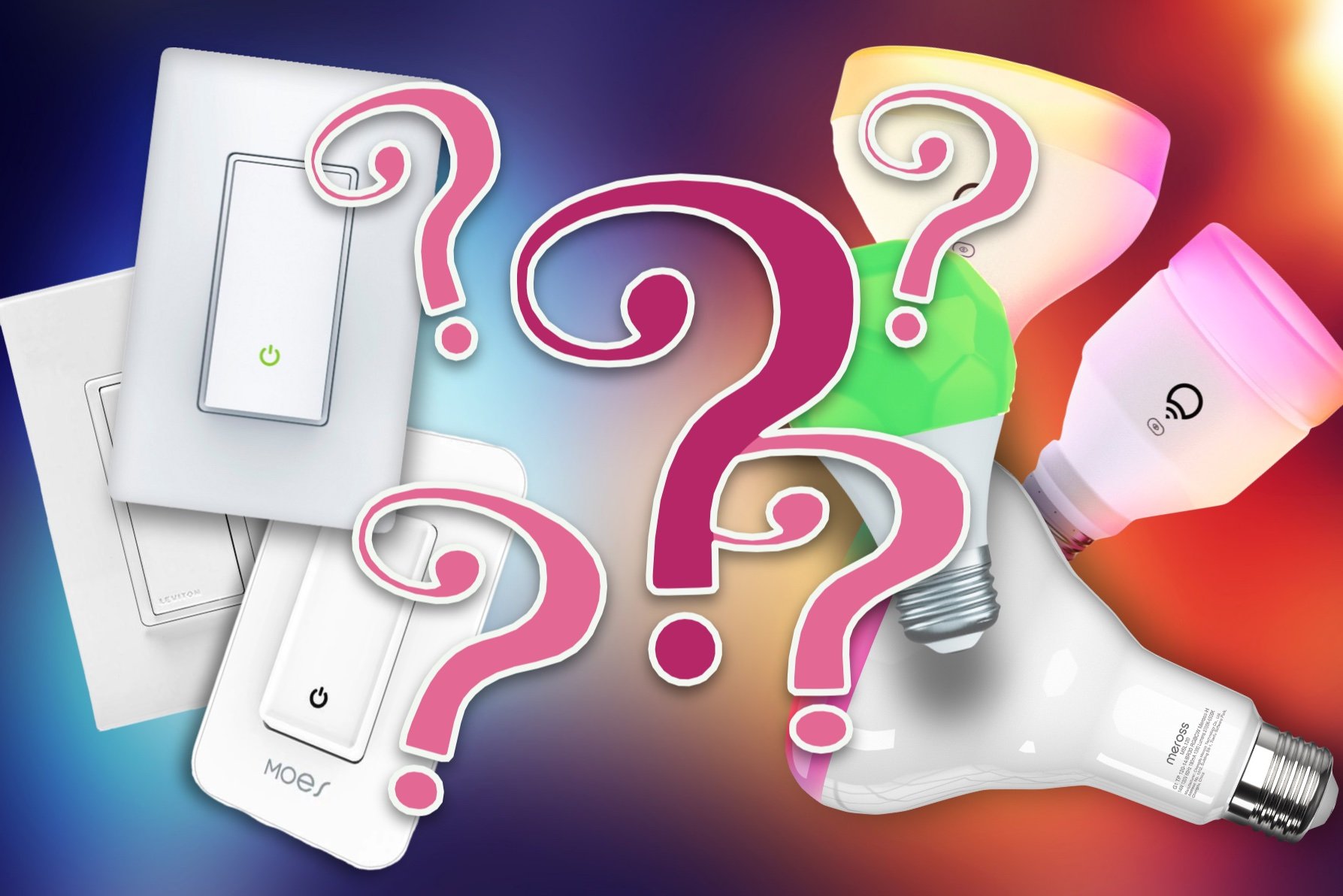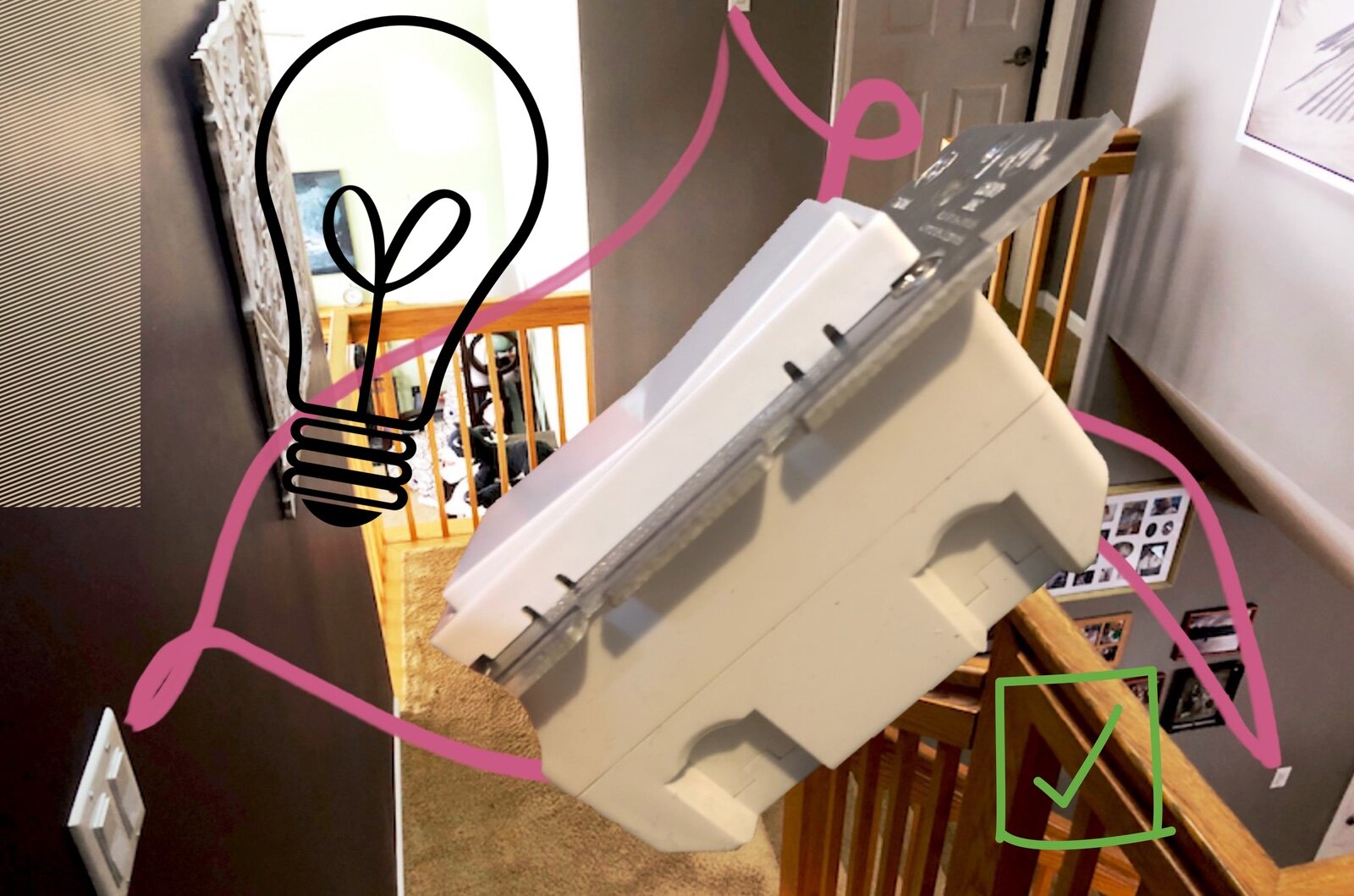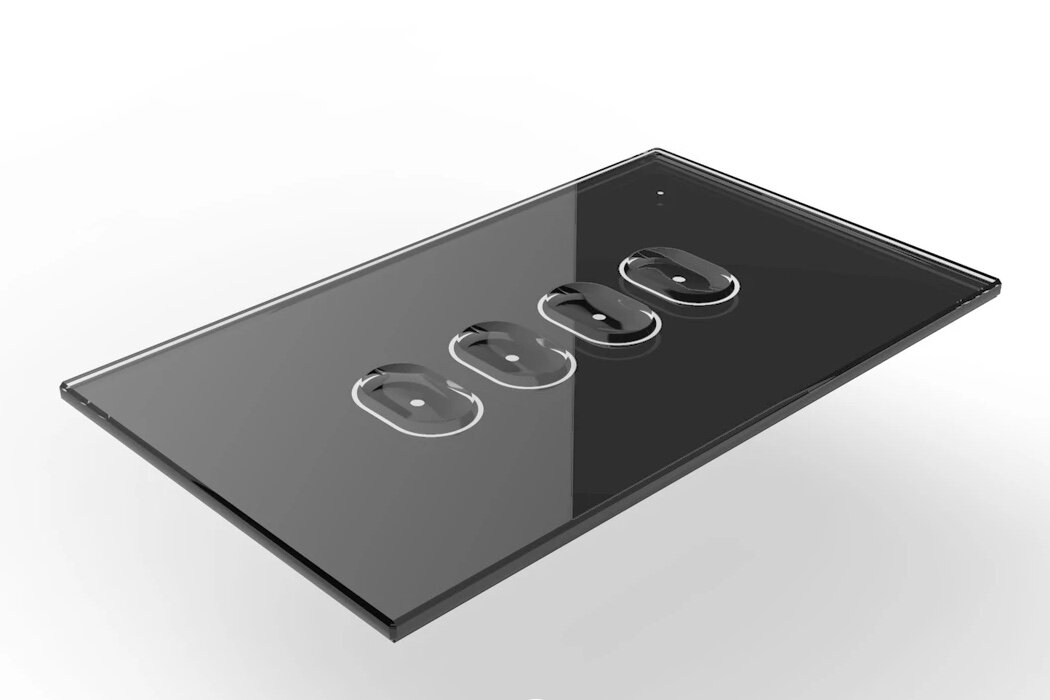LIFX Switch solves a sticky smart lighting problem
When looking at smart lighting setups you generally have two options. You can use standard light bulbs and fittings via a smart switch that can control the power to the socket, or you can replace the lights with smart lights and control them through software.
In the latter case you often want a simple way to control the lights, especially for guests and less tech savvy family members, and in those cases you need some sort of remote to act like a light switch. The problem that can arise is when you have both types of lights in an area.
You may have a situation like I do where I have a number of smart lights like light strips and lamps in a room, and a legacy light fitting that can’t take smart bulbs (a halogen track light for example). In that case you’d need a smart switch for the legacy light, and a remote of some kind for the smart lights.
That’s doable, but you have two distinctly different controls on the wall, which is aesthetically unpleasing, but also potentially messy and confusing for those who just want a light switch.
LIFX has come up with a solution with their LIFX Switch. This handy gadget is similar to a typical smart switch, in that it fits into the wall box and can handle switching the power on and off to multiple light sockets, but it can also be configured to control smart lights as well. That is, it can do a combination of both by setting any of the buttons on the switch to power control or ‘latched’ open.
The switch itself is a flat capacitive touch panel with four, yes four, buttons. Now, capacitive buttons can be less pleasing because of a lack of tactile confirmation that it has been pressed (and has acknowledged the press). A nice feature with this one is they’ve added haptic feedback, so you do get that ‘click’ feel. Seems like a small thing, but it can make for a much better user experience.
It comes in black and white models, and can support 100v-240v, 50-60Hz, and does require a neutral wire for installation as it uses WiFi for communication. LIFX uses ‘no hub required’ as a major selling point, so there is that advantage, but it won’t be suitable every home as a result.
In terms of integration support, they’ve got Alexa, Google Assistant, and IFTTT for now, with plans to add HomeKit in 2021. It’ll work with any dumb lights up to 250W, but only smart lights that can be controlled with the LIFX app for now.
LIFX is running limited batches as they ramp up production, but you can pre-order on the LIFX page for the next batch.











